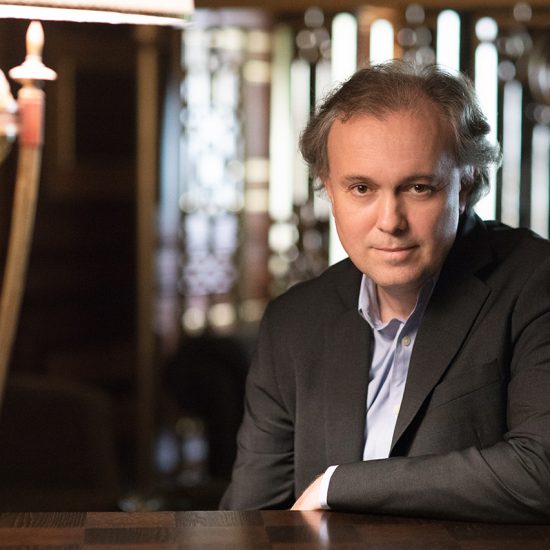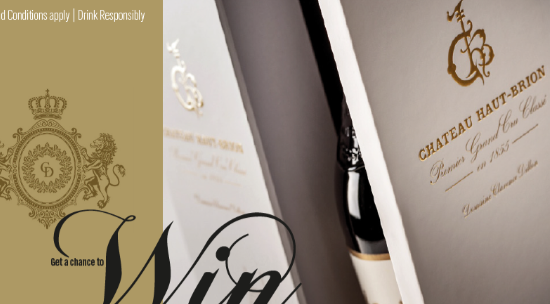
It began on September 24, with a three-word plea: “I need peace.” That day, 18 more tweets were sent from a newly opened Twitter account attributed to Bana Alabed, a seven-year-old girl trapped with her family in eastern Aleppo.
Within days, the mainstream western media was carrying stories about “the little girl who shames world over Aleppo”, as the UK’s Daily Mail headlined a front-page picture of Bana on October 5.
Over the next three months, more than 700 alternately mundane and harrowing tweets and retweets followed. Some were signed by Bana’s mother Fatemah, a teacher credited openly as being the manager of the account, but others were supposedly the work of her daughter.
It ended on Monday, when it became clear that mother and daughter had escaped. The last tweet from the city in Bana’s name, on December 19, read simply: “I escaped from East Aleppo.”
In just three months the account had attracted 351,000 followers – among them famous names, including actress Mia Farrow and author JK Rowling, who sent Bana Harry Potter ebooks. But the account also attracted scepticism.
Supporters of the Syrian regime and president Bashar Al Assad himself insisted the account was fiction, designed to manipulate gullible western journalists.
In the “post-truth” era, Bana was also an obvious target for armchair conspiracy theorists. She could obviously not speak English, they said, and her filmed remarks were clearly scripted. And how could she charge her smartphone in the devastated city, let alone have access to the internet?
On December 3, Fatemah responded to some of the allegations. “I recharge my phone with solar panels and our agenda is just for Aleppo civilians like us,” she wrote.
But even mainstream media, which had been quick to embrace Bana as “the Anne Frank of Aleppo”, began to have doubts. “In an era of internet hoaxes [and] fake news,” wrote The New York Times on December 7, the account had “raised some questions of veracity”. Bana’s messages were “sophisticated for a seven-year-old … whose native language is not English”.
Many tweets were clearly not composed by a child, but no secret had been made of the fact that the account had been set up by Bana’s mother. “Hi I’m Bana I’m seven years old girl,” read the introductory biography. “I and my mom are tweeting live from East Aleppo. Account managed by mom.”
What all the forensic nitpicking overlooked was a simple, disturbing truth: whoever was handling the smartphone, the feed told the harrowing story of a seven-year-old girl and her two brothers, Mohamed, 5, and Noor, 3, living in daily fear of death. Photographs of the siblings playing, or of Bana reading or celebrating the loss of another baby tooth, were interspersed with footage of bombs going off, graphic images of dead children and desperate pleas for help.
It is, of course, obvious that, at the very least, Bana had her mother’s help and almost certainly had words put into her mouth. But who wrote, said and tweeted what was beside the point, said Sonia Khush, the Syria director of Save the Children, earlier this month.
Images of children such as Bana, Alan Kurdi, the Syrian refugee toddler photographed washed up dead on a Turkish beach in 2015, or Omran Daqneesh, the wounded five-year-old Syrian boy whose image flashed around the world in August, “bring attention to an issue in a way that helps people visualise a little more clearly the situation of children”, said Khush.
As for Bana. “I don’t know whether it’s true or fake in this age of social media. But her living as a child in Aleppo is consistent with what we hear. The fear, the sounds of different airplanes and drones. They’re terrified and have trouble sleeping at night.”
In fact, in the central truths it sought to convey, the Bana account appears not to have been faked. Amid mounting scepticism, at the beginning of December UK-based Bellingcat, which describes itself as an “open source and social media investigation” organisation run by “citizen journalists”, conducted an exhaustive word-by-word and image-by-image analysis of the tweets.
It concluded that Bana was, indeed, a seven-year-old girl living in east Aleppo, that her Twitter and Periscope accounts had “consistently posted videos from the same locations” in the city and that, as advertised, the accounts were run by her mother, who “has experience of journalism and appears to be very social-media savvy”.
Bellingcat also concluded that “Bana and her mother have come under sustained attack from critics using lies, misinformation and deliberate misunderstanding in order to delegitimise them”. It was, however, “impossible to reject the truth that there is a small girl called Bana suffering under the fear of death because of the conflict in Aleppo, an existence shared by many other children on all sides across this conflict”.
What we know of Bana and her family has emerged in part through the Twitter account but also as a result of the scrutiny to which she has been subjected – none of which has served to undermine the credibility of the Tweets in her name.
According to a French television documentary broadcast in November, her father, Ghassan, works – or worked; it remains unclear if he has left Aleppo – registering births and deaths for the city. He has his own Twitter account, also started in September, on which he describes himself as an “independent lawyer” and “activist against terrorism and ISIS”.
In an interview with the BBC in October, Bana’s mother confirmed that she was a teacher who studied English for three years and had been teaching the language to her daughter since she was four. She had also taken university courses in journalism, politics and law.
When asked by a British newspaper during a Skype interview in October why she had started using Twitter, she said it was because “Bana asked me: ‘Why is the world not hearing us? Why is nobody helping us?’.”
The world finally did help. On Monday, Bana and her mother were reported by the Turkish Humanitarian Relief Foundation to be among about 4,500 people who had been evacuated from east Aleppo. On Wednesday she and her family were invited to the presidential palace in Ankara to meet Turkish president Recep Tayyip Erdogan. Footage shows Bana thanking the president “for supporting the children of Aleppo and help us to get out from war” and telling him: “I love you.”
As The New York Times commented on October 6, just two weeks into Bana’s brief career as a citizen journalist, the world now had “a daily window into war crimes via a seven-year-old”.
Bana, at least, now appears to be safe. But the window she and her mother prised opened under appalling circumstances has now closed and countless other Syrian children remain in peril, and voiceless.








